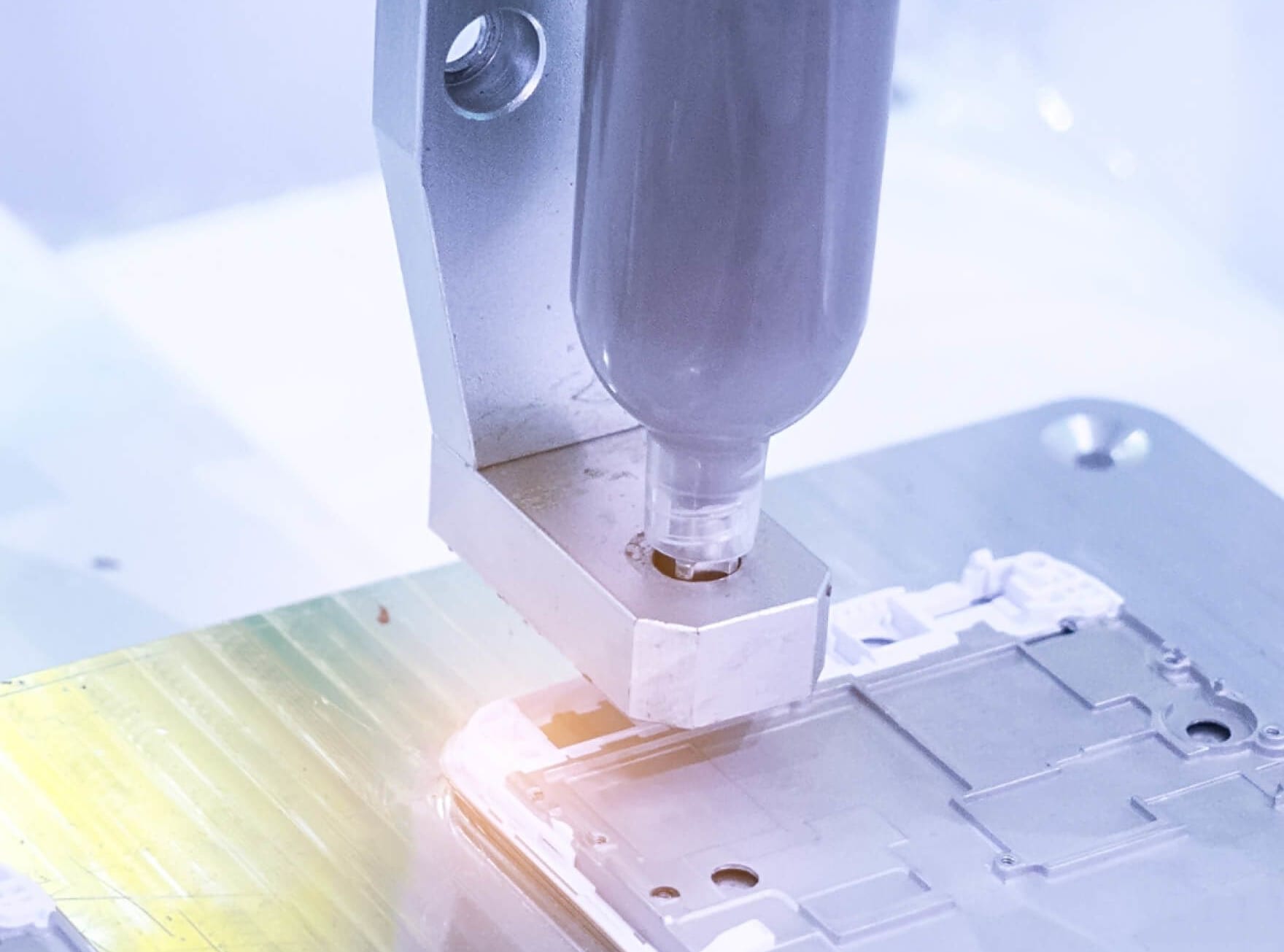Knowde Enhanced TDS
Identification & Functionality
- Chemical Family
- Product Type
- Technologies
- Product Families
Features & Benefits
- Ready-to-Use Product Features
Applications & Uses
- Application Area
- Application Method
- Compatible Substrates & Surfaces
- B-stage Procedure
Apply adhesive to substrate. Next apply heat to advance the curing to the non-tacky stage, when cooled to room temperature. A temperature of 120°C for 10 minutes is required. B-Stage time is mass related. User is encouraged to experiment for optimum drying time at a given temperature. Store on release liner to prevent contamination.
- Bonding Procedure
To use, carefully align parts to be bonded, apply pressure. The amount of pressure required, should be experimentally determined based on the curing temperature and geometry of the components. Typically a pressure of 30 – 100 psi or greater is required. Cure for 30 minutes at 175°C, or 1 hour at 150°C. (Note cure times given are mass related, timing should start after the adhesive and substrate adhesive and substrates reach curing temperature.)
- Application Method
- Screen-print
Properties
- Typical Properties
| Value | Units | Test Method / Conditions | |
| Minimum Cure Temperature | 125 | °C | — |
| Viscosity | 35,000 - 40,000 | cps | — |
| Filler | Silver | — | — |
| Glass Transition Temperature | 105 | °C | — |
| Volume Resistivity (Z Axis) | 0.001 | ohm-cm | — |
| Volume Resistivity (X and Y Axis) | 1 x10^12 | ohm-cm | — |
| Useful Temperature Range | -55 to 200 | ºC | — |
| Lap Shear Strength | 1000 | psi | — |
Regulatory & Compliance
- Certifications & Compliance
Safety & Health
- Safety & Handling
- Use with adequate ventilation.
- Keep away from sparks and open flames.
- Avoid prolonged contact with skin and breathing of vapors.
- Wash with soap and water to remove from skin.
Storage & Handling
- Shelf Life
- 2 months at 25°C, 12 months at -10°C
- Suggested Handling & Curing
Material is ready to use as received. Store frozen to maintain consistent flow properties. Allow material to warm up to room temperature before opening container. Mix well in the container to resuspend filler. As an adhesive, apply the 121-23 to one or both parts, then mate the parts and cure for one (1) hour at 150°C, or 30 minutes at 175°C, while maintaining pressure. The amount of pressure required should be experimentally determined based on the curing temperature and geometry of the components. Typically a pressure of 30 – 100 psi or greater is required. Allow to cool to room temperature before removing pressure. 121-23 can be thinned with small amounts of 113-12 thinner.

